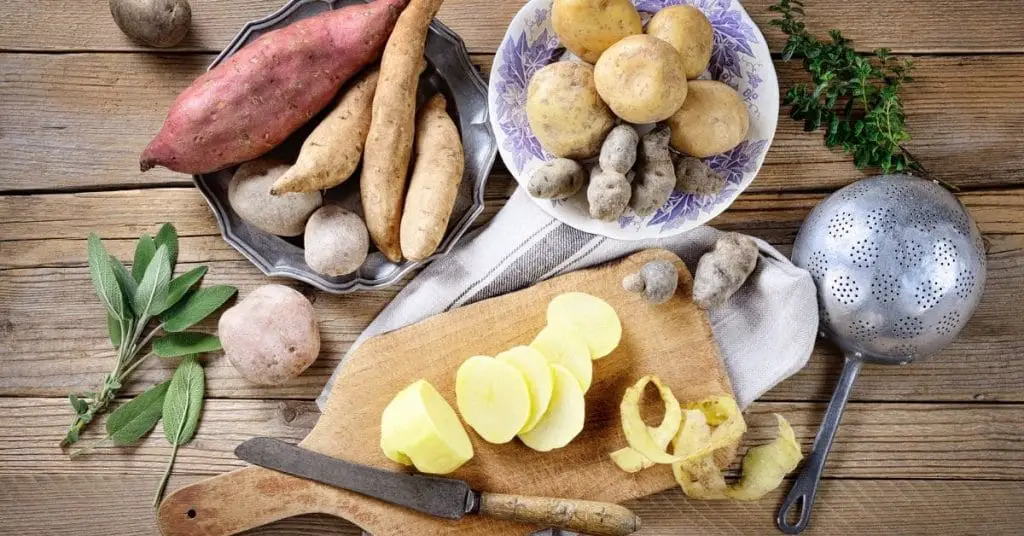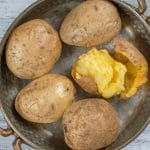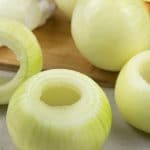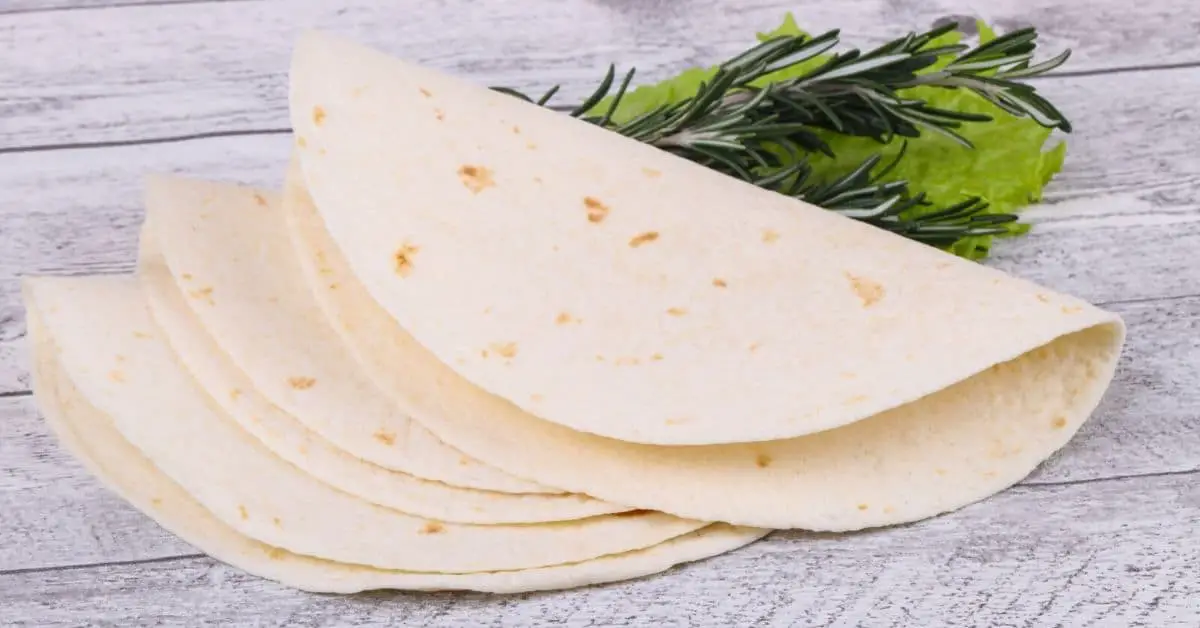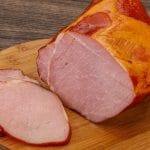In short, yes, you can freeze raw potatoes, but you need to blanch them first to prevent them from turning black and grainy.
The best way to get the most out of your grocery budget is often to buy in bulk. That means buying a large pocket of potatoes instead of buying them loose or ready prepared.
Even though potatoes have a longer shelf life than most fresh produce, a big pocket of potatoes can still be too much to consume before they start going bad.
The great thing about potatoes is that they freeze well. This means you can prepare potatoes in advance for a quick-fix meal or freeze extra potatoes to avoid waste and save money.
Here is a guide to freezing potatoes for the best color and quality preservation.
Can Raw Potatoes Be Frozen?
Yes, you can freeze potatoes, even if they are uncooked. Preparing the potatoes properly before freezing is, however, paramount to maintaining good color and texture.
As with most fresh vegetables, it is best to blanch raw potatoes before freezing. Blanching the potatoes in boiling water restricts the natural ripening enzyme activity which causes deterioration in color and texture.
Uncooked potatoes that have not been blanched may turn black on freezing and will have an unpleasant grainy texture once thawed.
Do not freeze potatoes if they are green, soft, or show signs of spoiling.
How To Freeze Potatoes
Step 1: Clean
Wash the potatoes well. Lightly scrub the potatoes if you are not going to peel them.
Peel the potatoes if desired, however, this is optional.
Step 2: Chop
Cut the potatoes into the desired size pieces either cubed, sliced, halved or fries.
Step 3: Blanch
Heat a pot of water till boiling. Fill a separate bowl with ice water. Throw the fresh potatoes into the boiling water and start timing once the water starts to boil again.
Diced potatoes or thin fries will only take 3 minutes to blanch, while larger chunks or potato halves will take 5 to 8 minutes. If you are blanching shredded potatoes, only keep them in the boiling water for one minute.
Remove the partially cooked potatoes from the hot water immediately after the blanching time has ended. Submerge the hot potatoes in the bowl of ice water to stop the cooking process.
Step 4: Dry
Let the potatoes cool completely. Once cold, remove the cubed potatoes from the ice water and dry them with a clean kitchen towel. Tossing the cooled and dried potatoes in a bit of vegetable oil is optional.
This is, however, recommended especially if you are preparing frozen French fries. This allows for a crispier outer texture when frying or baking the chips and also prevents them from sticking together.
Step 5: Flash Freeze
Spread the potato pieces in a single layer on a parchment-lined baking sheet. Place it in the freezer until just frozen.
This pre-freeze process prevents the potato pieces from sticking together in a clump, allowing you to remove just as much as you need from the freezer at a time.
Step 6: Pack
Once the pieces are frozen solid, remove the baking tray from the freezer. Pack the frozen potatoes into an airtight freezer bag. Press out any remaining from the bag before sealing. Alternatively, you can use an airtight container.
Step 7: Label and Freeze
Label the freezer bag with the date to keep track of how long the potatoes have been stored and place them in the freezer.
How To Thaw Frozen Potatoes
Cooking potatoes from frozen is the easiest and best way to prepare them. Remove the potatoes from the freezer bag and place them directly in a pot of boiling water or steamer to cook.
To make roast potatoes, drizzle with olive oil if needed, season, and place the frozen spuds in the oven. Frozen French fries or hash browns can also be baked or fried without thawing.
If you do want to thaw your potatoes before cooking, place them in the refrigerator to thaw for a few hours or overnight.
Types of Potatoes
There are thousands of potato varieties around the world. For commercial purposes, these starchy tubers are categorized into groups based on common features.
These groups include russet potatoes, which have rough brown skins, red potatoes, yellow potatoes, white potatoes, Yukon Gold potatoes, and purple potatoes.
Potatoes are also differentiated by their suitability for various cooking methods.
Floury potatoes contain more starch than other potatoes. This makes them most suitable for baking. Waxy potatoes on the other hand are best boiled.
Potatoes are incredibly versatile in savory cuisine. They can be eaten as a side dish or as a main meal such as baked potatoes, soup, or curry.
Preparation methods are endless from roasting and boiling to grilled, puréed, mashed, fried, stuffed, baked, pickled, and dehydrated.
FAQs
Conclusion
Potatoes take the first prize when it comes to versatility. Use them in potato salad, soup, curry, frittata, hash, pancakes, fries, roasted, stuffed, or as crisps. There really is no reason to ever waste a potato.
Even better, freezing potatoes means you can have these versatile veggies in stock for a quick meal or barbecue add-on at any time.
Make sure to prepare the spuds properly before freezing and store them in an airtight bag or container. This will protect their flavor, color, and texture. Whether it’s breakfast, lunch, or dinner, potatoes are always a winner.
Check our other guides on how to freeze sweet potatoes, potato salad, potato soup, baked potatoes, and sweet potato casserole.
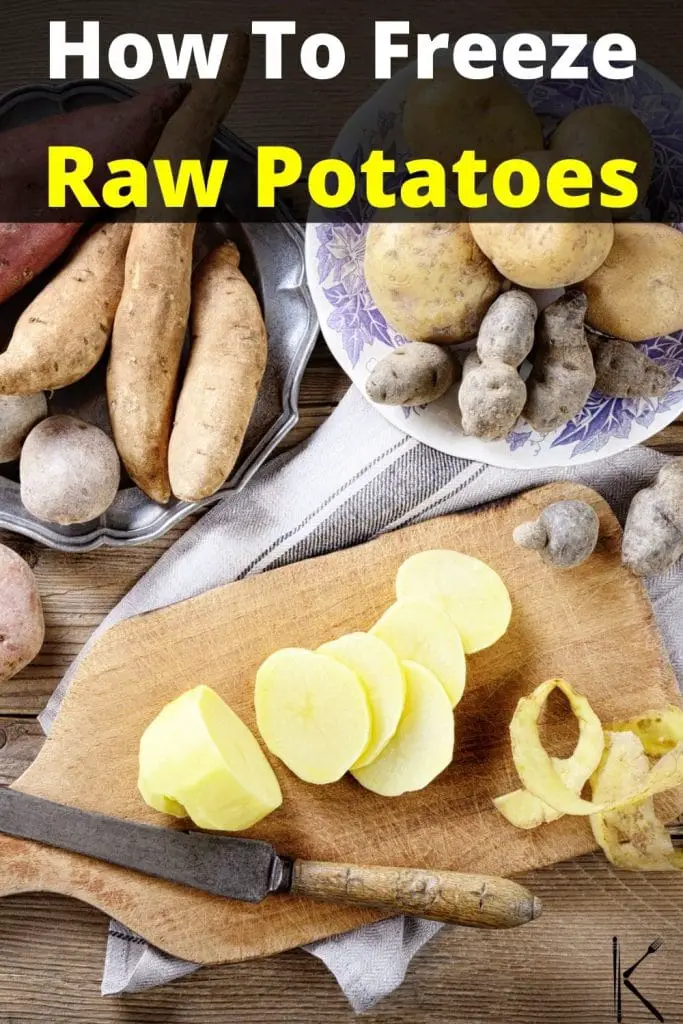
*image by fabiomax/depositphotos
